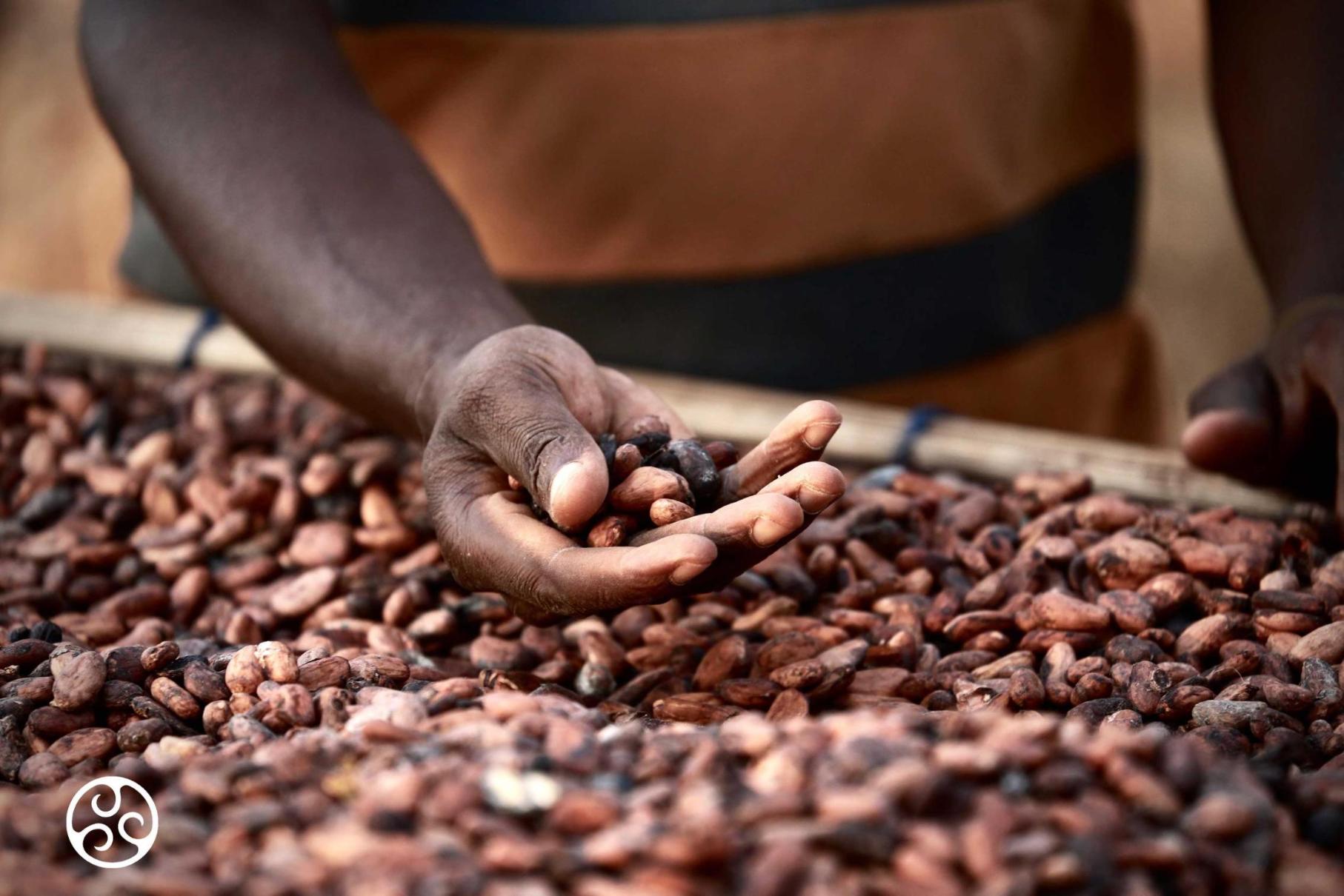All YummyComb chocolate is Gluten-free.
Why Isn’t All Chocolate Gluten-Free?
Chocolate is a beloved treat enjoyed by millions around the world. Whether it’s a rich dark bar, a creamy milk chocolate, or a decadent truffle, there’s a variety for every palate. For those with dietary restrictions, especially those avoiding gluten, finding safe options can be a bit trickier than one might expect. This raises the question: why isn’t all chocolate gluten-free?
In its purest form, whether it’s milk, dark, or white, chocolate is inherently gluten-free. However, not all chocolates on the market meet this criteria. This is because some products incorporate ingredients containing gluten, or they are processed in facilities where gluten is present.
Pure chocolate, in its unaltered state, possesses a distinct bitter taste quite different from the familiar bars lining our store shelves. As a result, most commercially available chocolates are enhanced with additional ingredients. Unfortunately for those with coeliac disease, these additions may include barley malt, wheat flour, or syrups containing wheat-derived dextrose or glucose.
Many confectionery companies offer various versions of the same chocolate, some of which may contain components like wafers or biscuit pieces. This diversity in product lines makes it challenging for manufacturers to guarantee that chocolates produced in the same facilities will remain entirely free from cross-contamination.
Nevertheless, there is a growing selection of gluten-free chocolate bars available. For individuals with coeliac disease, it is essential to remain vigilant and thoroughly inspect ingredient lists before making a selection.
Understanding the Basics
To answer this question, we first need to understand what gluten is and where it’s commonly found. Gluten is a protein composite found in wheat, barley, and rye. It’s what gives dough its elasticity and baked goods their structure.
While you might not expect chocolate to contain gluten, it’s important to remember that it’s not just cocoa and sugar that go into making a chocolate bar. Some additives or flavourings used in chocolate products may contain gluten, and cross-contamination can also be a concern.
Indeed, the process of crafting a chocolate bar involves more than just cocoa and sugar. Various additives and flavourings are introduced to achieve the desired taste, texture, and appearance. It’s these additional components that can sometimes introduce gluten into what might seem like an inherently gluten-free treat.
Emulsifiers and stabilisers, for instance, are commonly used in chocolate production to enhance its texture and prevent ingredient separation. While some emulsifiers are sourced from gluten-free origins like soy or sunflower, others can be derived from gluten-containing grains. This underscores the importance of scrutinising ingredient labels.
Moreover, flavourings and extracts contribute significantly to the nuanced taste profiles of different chocolate varieties. Malt extract, which is derived from barley, is one such flavouring that may contain gluten. Similarly, certain natural flavourings can also be sourced from gluten-containing substances. This makes it crucial for individuals with gluten sensitivities to be vigilant when evaluating the ingredient list of a chocolate product.
Additionally, cross-contamination poses a substantial concern for those with celiac disease or severe gluten sensitivities. This can occur during the manufacturing process if the same equipment is utilised to process both gluten-containing and gluten-free products. Even trace amounts of gluten can trigger adverse reactions in individuals with heightened sensitivities, underscoring the need for thorough quality control measures in chocolate production.
Ingredients to Watch Out For
1. Emulsifiers and Stabilisers
Many chocolates contain emulsifiers or stabilisers to improve texture and prevent ingredients from separating. Some of these can be derived from gluten-containing grains. Common ones include lecithin (which can be sourced from soy or sunflower) and malt extract (derived from barley).
2. Flavourings and Additives
Flavourings like malt extract, barley malt, or certain natural flavourings can introduce gluten into chocolate products. Always check the ingredient list for any of these additives.
3. Cross-Contamination
Cross-contamination is a significant concern for those with celiac disease or severe gluten sensitivities. This can happen during the manufacturing process if the same equipment is used to process both gluten-containing and gluten-free products.
Variations in Manufacturing Practices
Not all chocolate is created equal, and manufacturing practices can vary widely between brands. Some companies have dedicated gluten-free facilities or use strict protocols to prevent cross-contamination. Others may not be as rigorous in their practices.
Different Types of Chocolate
Different types of chocolate can also vary in their gluten content:
1. Dark Chocolate
Pure dark chocolate, made with cocoa solids, cocoa butter, and sugar, is generally gluten-free. However, it’s crucial to check for any added ingredients or flavorings.
2. Milk Chocolate
Milk chocolate contains additional ingredients like milk solids, which are naturally gluten-free. However, similar to dark chocolate, watch out for additives and flavorings.
3. White Chocolate
White chocolate is made from cocoa butter, sugar, and milk solids, and is typically gluten-free. Still, always verify the ingredient list.
Is Your Chocolate Gluten-Free?
While chocolate itself is naturally gluten-free, it’s the additional ingredients and manufacturing practices that can introduce gluten into the final product. Therefore, it’s essential for individuals with gluten sensitivities or celiac disease to carefully read labels, and if in doubt, reach out to the manufacturer for clarification.
Ultimately, with increasing awareness about dietary restrictions and the demand for gluten-free options, many reputable chocolate manufacturers are taking steps to ensure their products are safe for those with gluten sensitivities. So, while not all chocolate may be inherently gluten-free, the market is evolving to provide more inclusive options for everyone to enjoy this delightful treat.
On a final note, all YummyComb products are Gluten-free.


